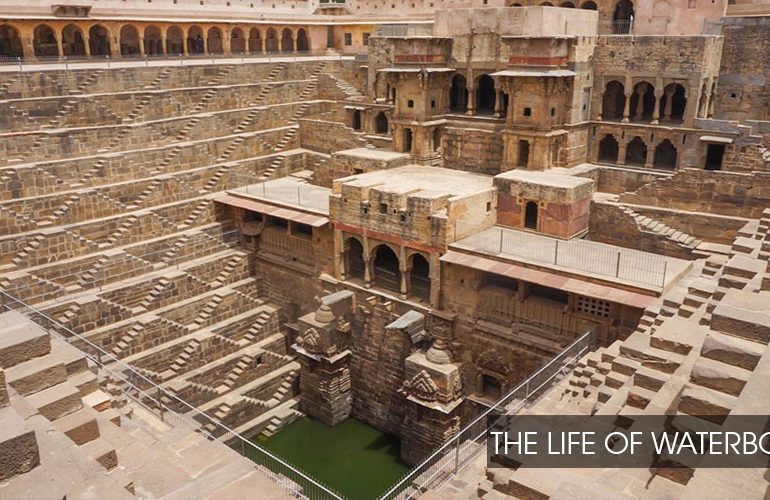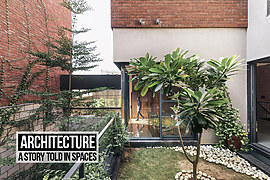Water bodies, the breathable spaces that majorly encompass the void in the urban fabric are naturally the key to healthy living environments. Right from the birth of the waterbody, it undergoes traceable morphogenesis over a period of time, witnessing diverse environmental conditions and user nature. With the steady increase in the density of the urban fabric, these breathable zones have become un-noticeably sizeable. This obscured the vision of the water bodies amongst the tall, dense skyline of the cities. Though the large water bodies occupied a major part of the skyline, small ones were left as the un-noticed ground in the middle of dense urban figures.
The freshwater bodies that have a higher impact on the surrounding urban life tend to have a part in the lifestyle of the people. They are generally the major water source for the population and are traditionally a place of congregation. Farming communities of India are majorly dependant on freshwater bodies such as river for potable water & irrigation and worship them as a part of their living culture.
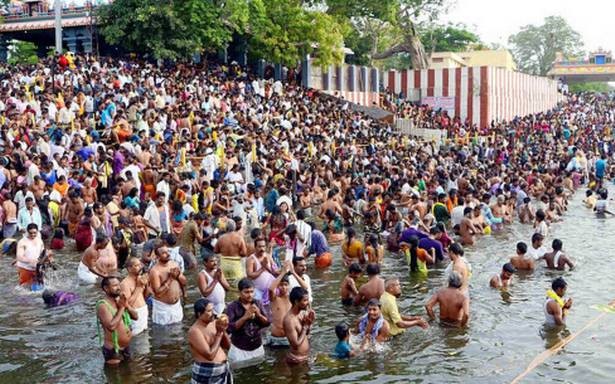
Small freshwater bodies such as ponds are traditionally a part of the temple or free-standing structures and are conserved till today as a part of the culture. They are the primary water source for the zone and maintain the groundwater level in the locality. They also serve as a nodal point for the people and create an ambient atmosphere in the neighborhood through passive cooling, thus balancing the environmental effects in the ‘micro-level’.
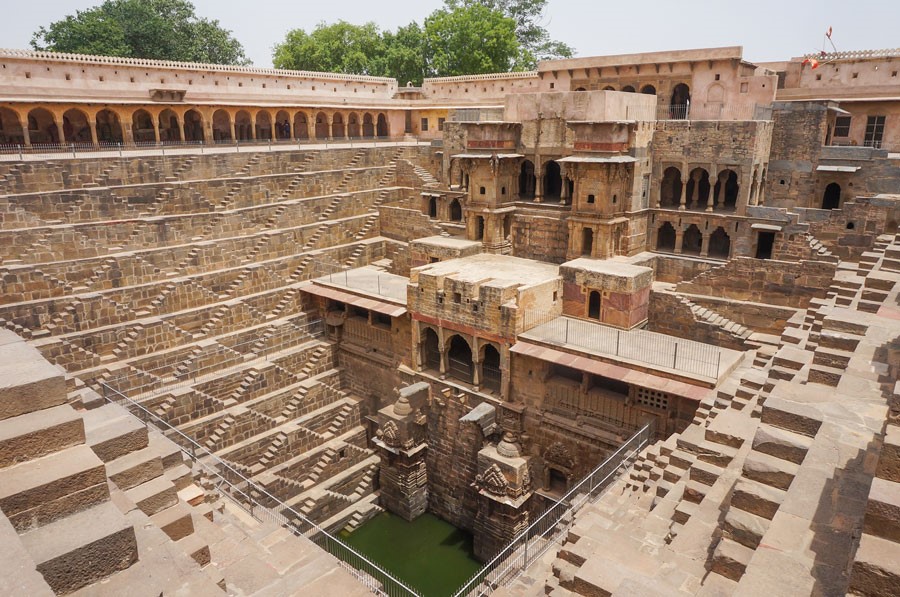
Saltwater bodies such as lakes are the recreation points for the population. Apart from having a rich saltwater ecosystem, it enhances the micro-climate and opens up opportunities for various water affiliated activities and entertainment. Lakeside recreation is considered to have a rich cultural impact and tourist attraction that would further provide economic support for local maintenance. Thus a flourishing neighborhood is achieved.
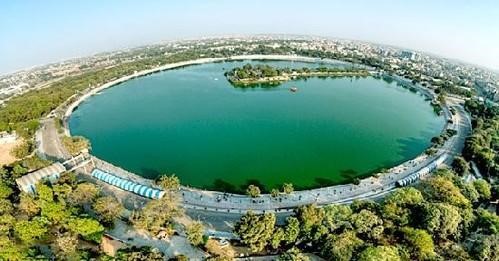
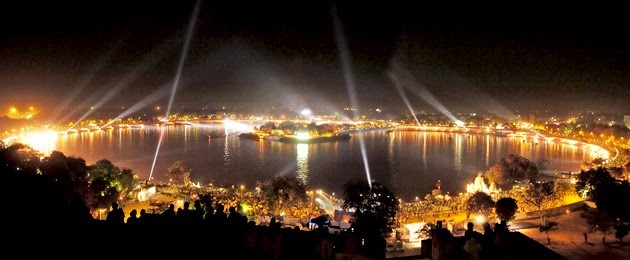
Other still water bodies such as Marshlands that are the rich platform for diverse ecosystems, are primarily responsible for Aquifer recharge in the urban scenario. Distribution of such water bodies over the urban fabric helps in the maintenance of groundwater level and natural water drain that regulates the natural water cycle across seasons. (From monsoon till summer)
Over time, when waterbodies lack significant user access, they form areas of urban blight and lose their function. Many urban water bodies have been victims of Garbage dumping, antisocial activities, etc. due to human ignorance. These altogether reflect on the environmental cycle in the zone that brings a drift in the health of the neighborhood. Issues such as recent urban floods in India came into picture due to the improper functioning of the neglected water bodies and their underground network. Their impact on the diminishing flora and fauna has also intensified the effects of Natural disasters such as a cyclone. The urban blight brought in the unhealthy transformation of the environment letting it fail in natural protection against disasters.
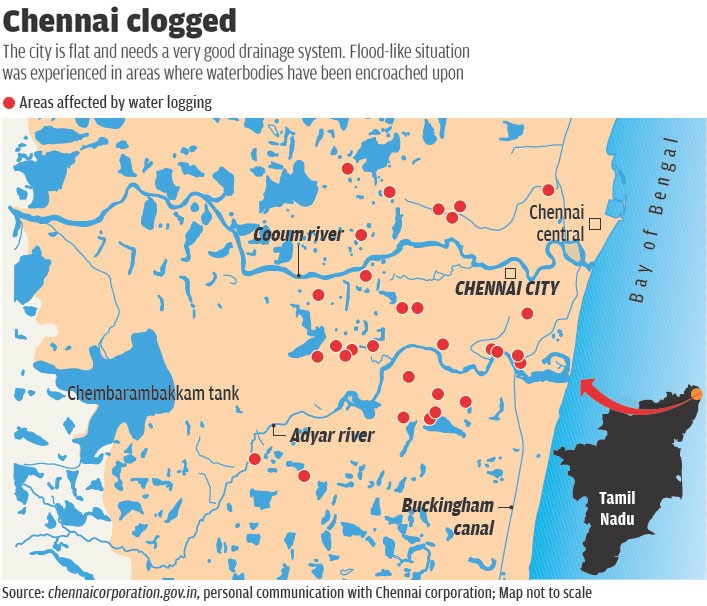
Water clogging was the primary cause of the ‘Un-natural flood disaster’ in Chennai. Many neglected wetlands that were victims to encroachments, failed to regulate the water flow and became the major cause for the ‘urban flood’.
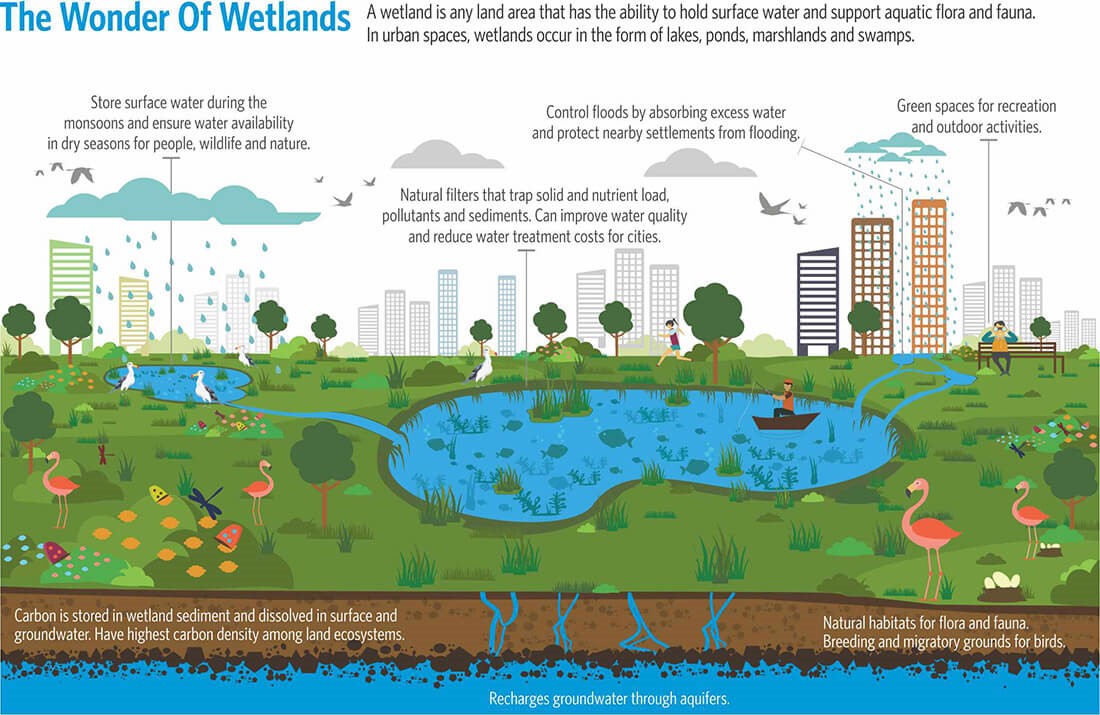
Various schemes have been brought in at both community and regional levels for protection & restoration of natural bodies to retrieve the healthy environmental cycle for ‘healthy living’. In the end, the life of water bodies are actually the life of us humans; for we are nature.


